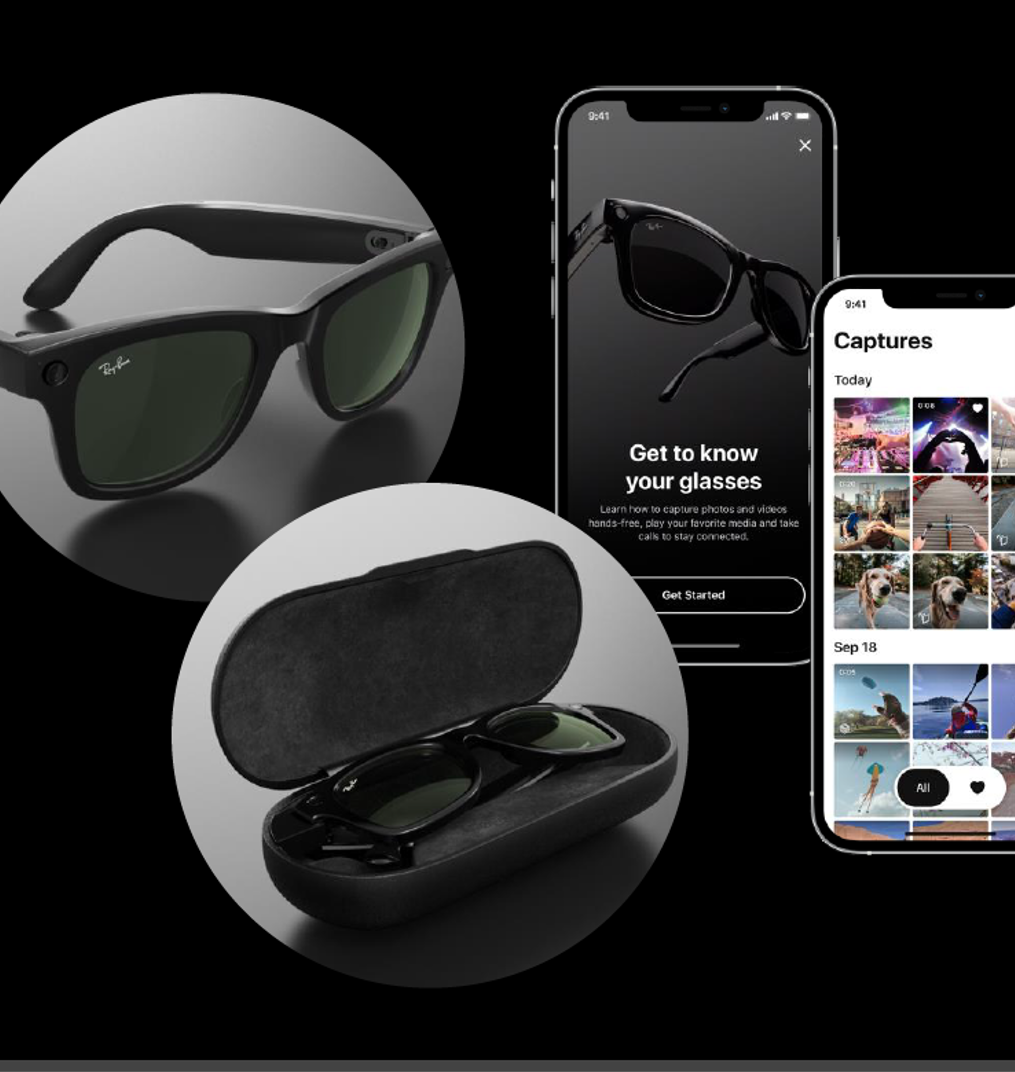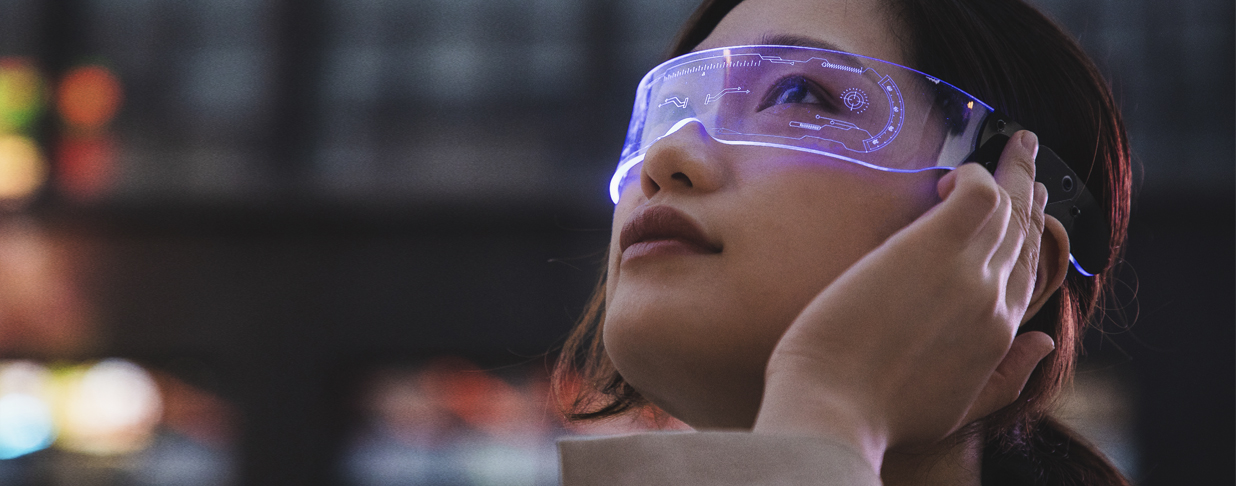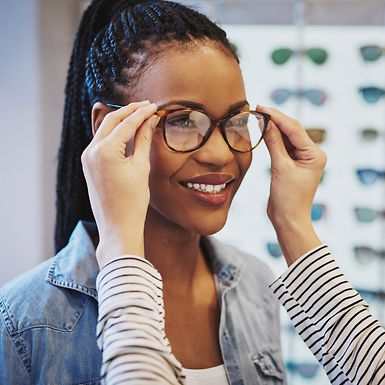Wearable technology has become a modern part of everyday living – Bluetooth headphones, fitness trackers and smart watches are just a few examples of “wearables” integrated into our daily lives. Wearables are wireless devices that can be comfortably worn directly on an individual’s body. These convenient on-the-go tech tools have boundless multifaceted capabilities but are most used to track and store personal information and activity. Data synching and reporting enables the user to access their personal analytics and helpful insights from the palm of their hand. This highly intelligent technology has the ability to connect users across the globe. In fact, by the year 2022, the number of connected worldwide wearable devices is forecasted to reach 1.1 billion users.1
Technology becomes smarter every day and is constantly evolving to drive innovation. As a result, wearables have expanded far beyond smart phones and fitness trackers. Advancements in technology have developed so rapidly that we can now create and interact in our own “cyber” environment through virtual reality devices and programs. Virtual reality headsets contain small LCD monitors that project in front of the user’s eyes. This stereoscopic effect creates the illusion of depth and an all-immersive virtual world that can be experienced from anywhere at any time.
But it’s not all just fun and games – wearables and virtual reality create a new frontier for healthcare. For example, doctors can use wearable technology for real-time access to remote patient monitoring and long-term data that gives insight to the device wearer’s health history.2 And when combined with the expertise and experience of an optometrist, virtual reality headsets can even enable vision development and improvement. Virtual reality devices have been developed to enhance eye-hand coordination, depth perception, reaction time and eye coordination. These programs can improve visual acuity in amblyopia, commonly known as a “lazy eye.”3
Research advancements are paving a way for technology to provide the visually impaired with more freedom and comfort through medical contact lenses. For example, currently in development are Google lenses, which promise the ability to automatically adjust the user’s lens focus while wearing.4 Medical lenses in development also include Google’s blood glucose-sensing contact lenses, and Sensimed’s Triggerfish contact lens designed to help glaucoma patients track their intraocular pressure.4 Thomas Quinn of the American Optometric Association expresses great hope for the future of medical contact lenses in an interview with the MIT Technology Review, sharing that in the future, contacts could even be used to monitor cancer progression and treatment.4
The possibilities don’t stop there. EyeMed’s parent company, EssilorLuxottica, is proud to be a top innovator in the world of vision technology, with exciting news to share – you can now bring the latest wearable vision technology anywhere with you through Ray-Ban Stories.

Introducing Ray-Ban Stories
Developed in collaboration with Facebook, these new smart glasses combine Ray-Ban frames with the technology of your phone. This groundbreaking product allows users to record photos and videos hands-free through the lens of their iconic Ray-Bans frames – enabling them to live in the moment, capture it and share it, all without being tied to their smartphones. Users can also seamlessly switch between listening to music and answering phone calls with open-ear speakers embedded in the frames.
RayBan Stories are available online and in-store at LensCrafters and Target Optical locations. And great news for EyeMed members, the frame and prescription lenses may be covered by your EyeMed fully insured benefits.*
To learn more about exciting developments from EssilorLuxottica and EyeMed, reach out to your EyeMed representative or visit eyemed.com.
••••
*Covered up to the funded/insured frame allowance and any prescription lens copays would apply. Funded/Insured benefits underwritten by: Fidelity Security Life Insurance Company®, Kansas City, MO 64111. Policy No. VC-145/VC-146, Policy Form No. M-9184/M-9191.
1 – EverythingWhat, “How Many People Use Wearable Devices?” January, 2020.
2 – MedCity News, “How wearable devices empower healthcare providers, “ July, 2021.
3 – Canadian Association of Optometrists, “Are Virtual Reality Headsets Dangerous for Our Eyes?” accessed October 15, 2021.
4 – Woodhams Eye Clinic, “The Future of Wearable Eye Technology,” accessed October 15, 2021.




